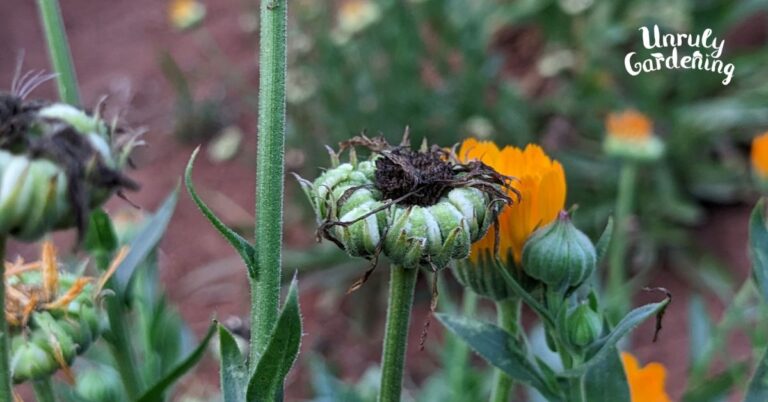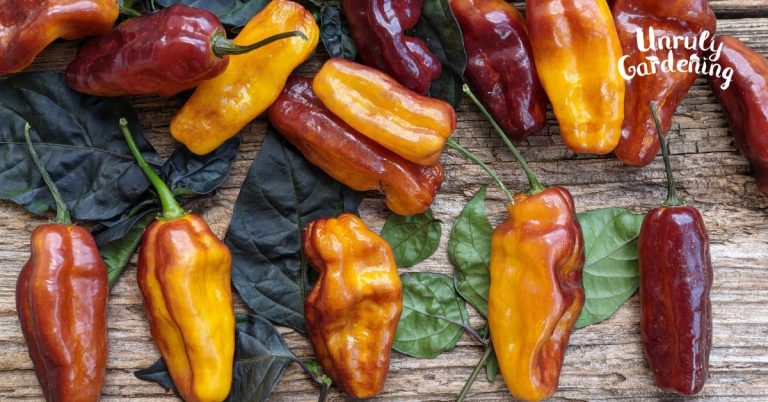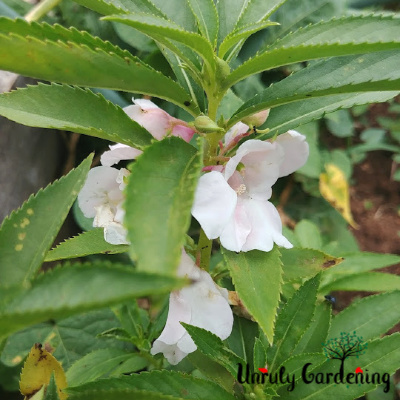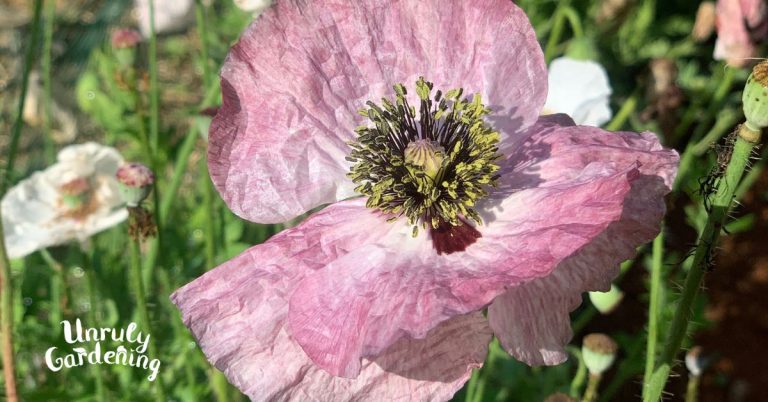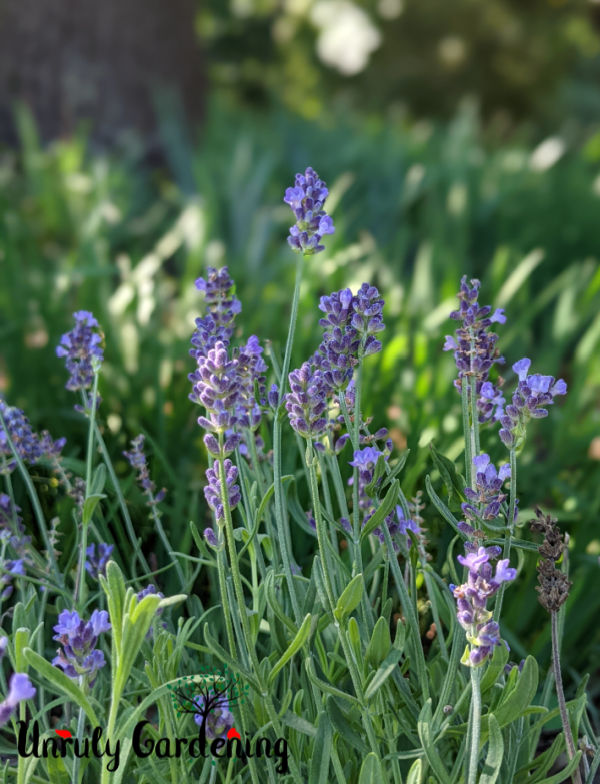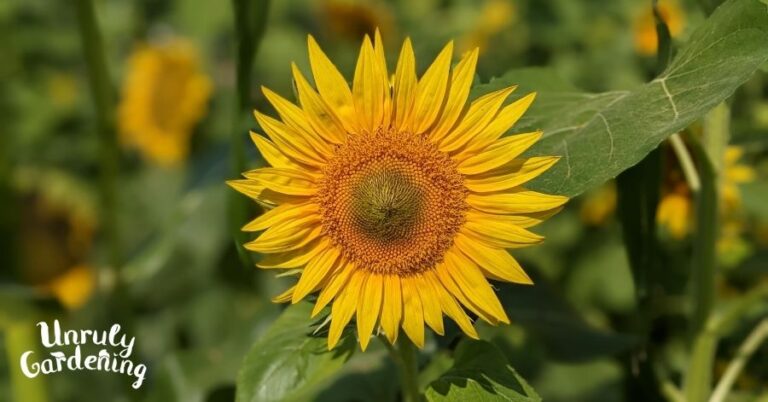Yedikule Lettuce – Plant Variety Spotlight
Yedikule is a white-seeded romaine-type lettuce that can be grown close together in rows, or the plants spaced out more to form large heads. The leaves are bright green and have a pleasantly mild taste. Leaves grow more pointing upright than outwards.
Thanks to the high levels of natural oils present in the plant, the leaves actually have a slightly different feel to them than most lettuce leaves! If you rub a leaf of Yedikule and another kind of lettuce between your fingers at the same time, you can feel a distinct difference.

Very tasty and a welcome addition to salads, this is also a very hands-off plant: you sow it, you water it, and you leave it alone, other than harvesting!
Of course, as with all lettuces, heat will spell the end of Yedikule. Unless you get very creative with your sowing, planting locations, and sun avoidance, then it’s ridiculously difficult to grow good-tasting lettuce through the hottest part of summer. Cooler climates will, of course, likely have an easier time extending their lettuce harvests than those in, say, USDA Zones 7 and above.
However, it’s a delicious salad green to grow in spring, fall, and for overwintering in cold frames, so even if summer has to be handed over to the tomatoes and peppers, you can still eat this tasty lettuce for 3/4ths of the year!
What it is:
- Plant: Heirloom lettuce (Lactuca savita)
- Color: Leaves are bright, vivid green.
- Days to maturity: Variable depending on preferred stage to harvest- baby lettuce planted in bands will be ready much sooner than fully-formed heads.
- Frost-hardy: Yes
- Lifespan: Annual
- When to plant: Sow outdoors about a month before your estimated final frost date.
- Edible: Yes
- Part eaten: Leaf
- Requires support: No
Where to buy:
Our seeds were obtained from Baker Creek (rareseeds.com). As of the time of writing this post, we do not know of any other sites offering this seed.
How to grow:
- One month before your estimated final frost date, lightly rake a seed bed over evenly. No need for any fertilizers! Consider working in a good bit of compost if you have poor soil, though.
- Your seed bed can be in full sun, but lettuce can sometimes last longer if it’s planted in a location where it only gets 4-8 hours of light. This depends on your climate! Hotter, more tropical climates should plant in partial sun. Colder climates with long, cold springs are likely good to plant just about anywhere!
- For heads of lettuce, space the seeds 8″ away from each other. Cover the seeds with 1/4″ of soil, and keep moist until germination. Depending on how cold your area is and when you’re planting, this could take up to 1-2 weeks.
- For loose-leaf/baby green lettuce, scatter the seeds thickly across the soil in a band, and lightly rake them in, covering them with 1/4″ of soil. Keep moist until germination, which will take the same amount of time as heading lettuce.

Care
Water regularly if it doesn’t rain- about an inch’s worth a week, if you can manage it. Spring lettuce in many climates often doesn’t need additional watering.
Cutworms may attack your lettuce, especially heading lettuce. Thwart them by inserting a stick or a bamboo skewer in the ground snug up against the lettuce’s stem so they can’t eat through it.
Slugs may also come for your tender, delicious lettuce leaves! If you have a slug problem in your garden, you’ll likely want to start the season right off by setting up whatever your preferred methods of repelling or trapping slugs are.
Harvesting
Pick loose leaf/baby green lettuce leaves when they are about 2-ish inches tall. You can pick the leaves by hand, or with scissors. For best texture and flavor, bring them inside and put them through a salad spinner. You can keep the leaves in the spinner in the refrigerator for several hours after that. If you harvest lettuce and spin it at lunch, you’ll have deliciously cool, crisp, fresh lettuce for supper!
You can continually harvest the leaves as they grow larger, even when they’re longer than your hand! As long as they still taste mild and not bitter, they’re still good.
Pick heads of lettuce when they’ve formed up into heads and reached the size you were aiming for. Pull up the plant, or snip it with pruning shears down at the base. Inspect the head for any hiding insects or dirt, and remove any spoiled or damaged leaves.
Using
It’s best to use lettuce as fresh as possible! Lettuce is, tragically, one of those plants that just isn’t made for long storage. Whenever possible, use lettuce from your garden the day it’s picked for best flavor and texture.
Lettuce is, of course, perfect for salads! It can also be used in sandwiches, but that’s not all! A bumper crop of lettuce can find itself in smoothies, shredded into soups, or used as wraps in various recipes. Experiment a little!
Yedikule is a mild enough lettuce that most people find it inoffensive- which means even if you don’t normally eat lettuce in these sorts of dishes, Yedikule might just be mild enough for you to enjoy!

